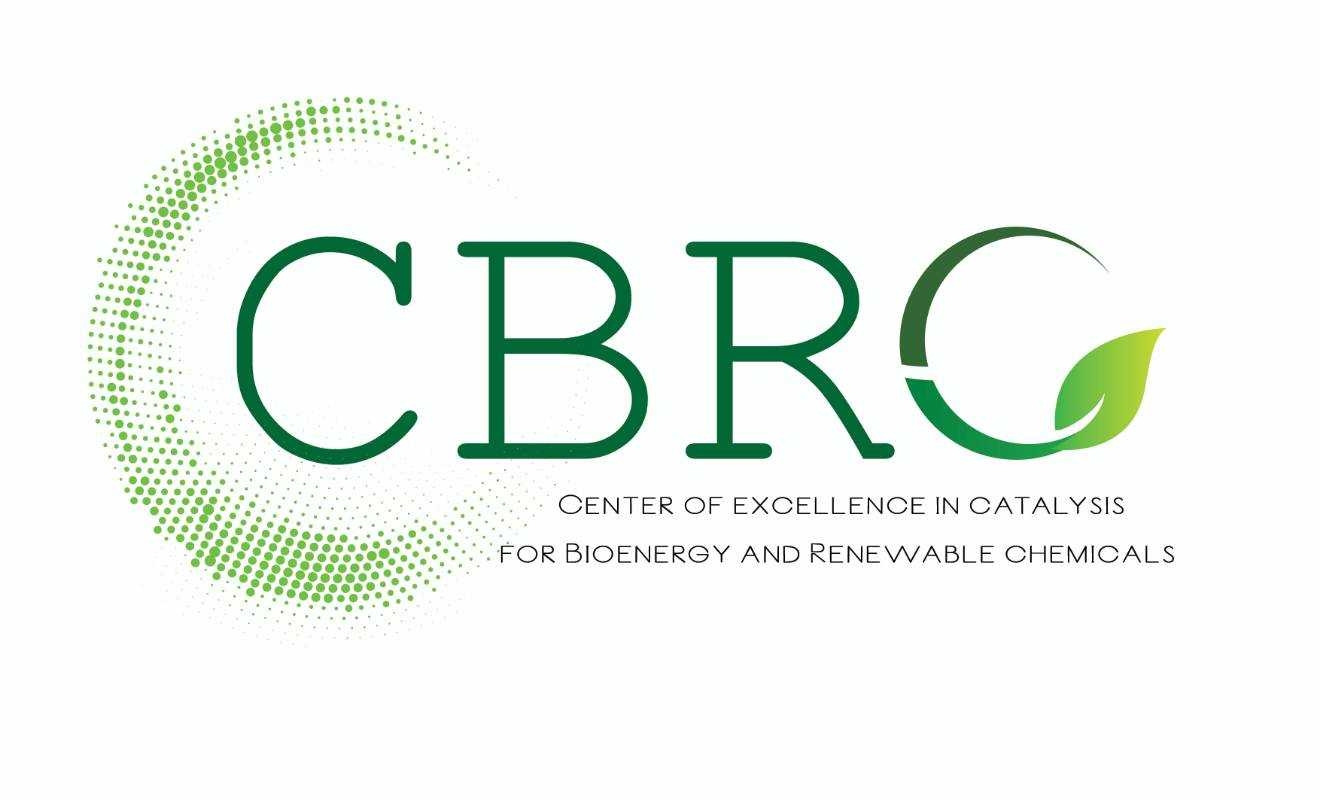A collaborative research was conducted between Prof. Chawalit Ngamcharussrivichai (CBRC, Chulalongkorn University) and Prof. Umer Rashid (Institute of Nanoscience and Nanotechnology (ION2), Universiti Putra Malaysia) in developing a new type of mixed metal oxide catalysts consisting of strontium (Sr) and titanium (Ti) on SBA-15 support (STO/SBA15) for the synthesis of bio-jet fuel precursors.
The study entitled “Bifunctional acid–base strontium–titanium mixed oxides supported on SBA-15 for selective synthesis of renewable branched bio-jet fuel precursor” appears in the journal Fuel (Tier1 Journal, JCR IF = 8.035). The article can be found at https://lnkd.in/g5Ms5G7e
Bio-jet fuel, a kerosene-range hydrocarbon sourced from plant, has the prospective to reduce net greenhouse gas emissions from aviation industry resulting in an increased energy security. A two-step aldol condensation–hydrodeoxygenation reaction has been described as substitute method for selective production of lignocellulose-based bio-jet fuels.
Various catalysts, including heterogeneous bases, acids, and bifunctional acid–base catalysts, have been explored in aldol condensation to enhance process sustainability. Metal oxides have gained attention due to their ease of preparation, adjustable properties, high activity, and affordability. The high basicity of strontium oxide (SrO) effectively promotes deprotonation of α-hydrogen atoms of ketone compounds. Solid acid catalysts, such as titanium dioxide (TiO2), aid in the aldol reaction through enol formation and ketone–alcohol dehydration. Therefore, the mixed oxides consisting of Sr and Ti (STO) are proficient as bifunctional catalysts to facilitate both of the deprotonation and dehydration of aldol condensation. Moreover, dispersion of metal oxide crystallites on mesoporous silica materials like SBA-15 is an efficient approach to enhance the number of active sites on the catalysts.
In this research, furfural, which is a lignocellulose-derived platform chemical, was converted into a bio-jet fuel precursor via aldol condensation with 2-butanone using a series of acidobasic STO/SBA-15 catalysts, prepared via incipient wetness impregnation. The STO/SBA15 catalysts exhibited a well-mesostructured order, high dispersion of metal oxides, and good textural properties. The acid-base properties of catalysts were controlled by varying the metal oxide composition and loading amount, which determined the yield and selectivity towards α,β-unsaturated C9 ketone with branched molecular structure (C9B). Under the optimum reaction condition, 78.3% C9B yield was realized at >99% furfural conversion.

